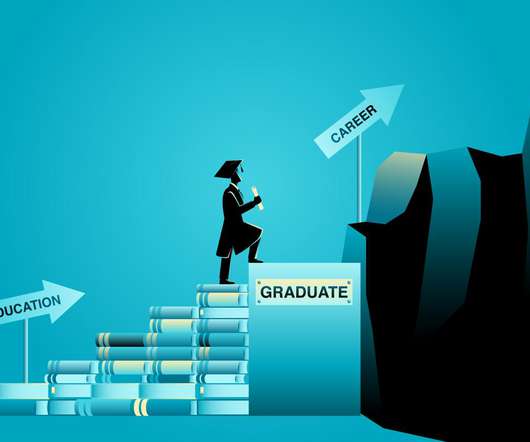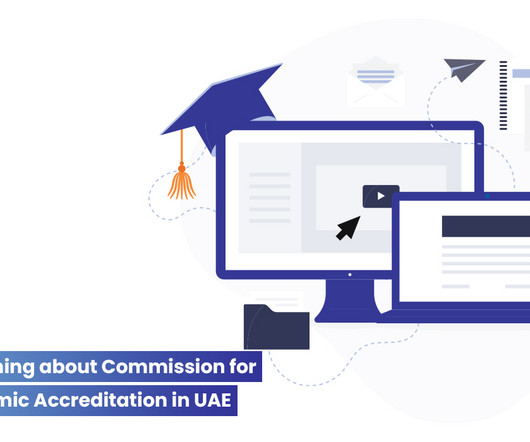Enrollment Strategies and the Evolving Expectations of Students in 2024
HEMJ (Higher Ed Marketing Journal)
MARCH 27, 2024
But for institutions that are truly student-focused — and capable of communicating that through their marketing efforts — significant enrollment gains are possible. They expect educational offerings to be accessible, engaging, and relevant to their specific career aspirations. But not all online programs are created equal.












Let's personalize your content